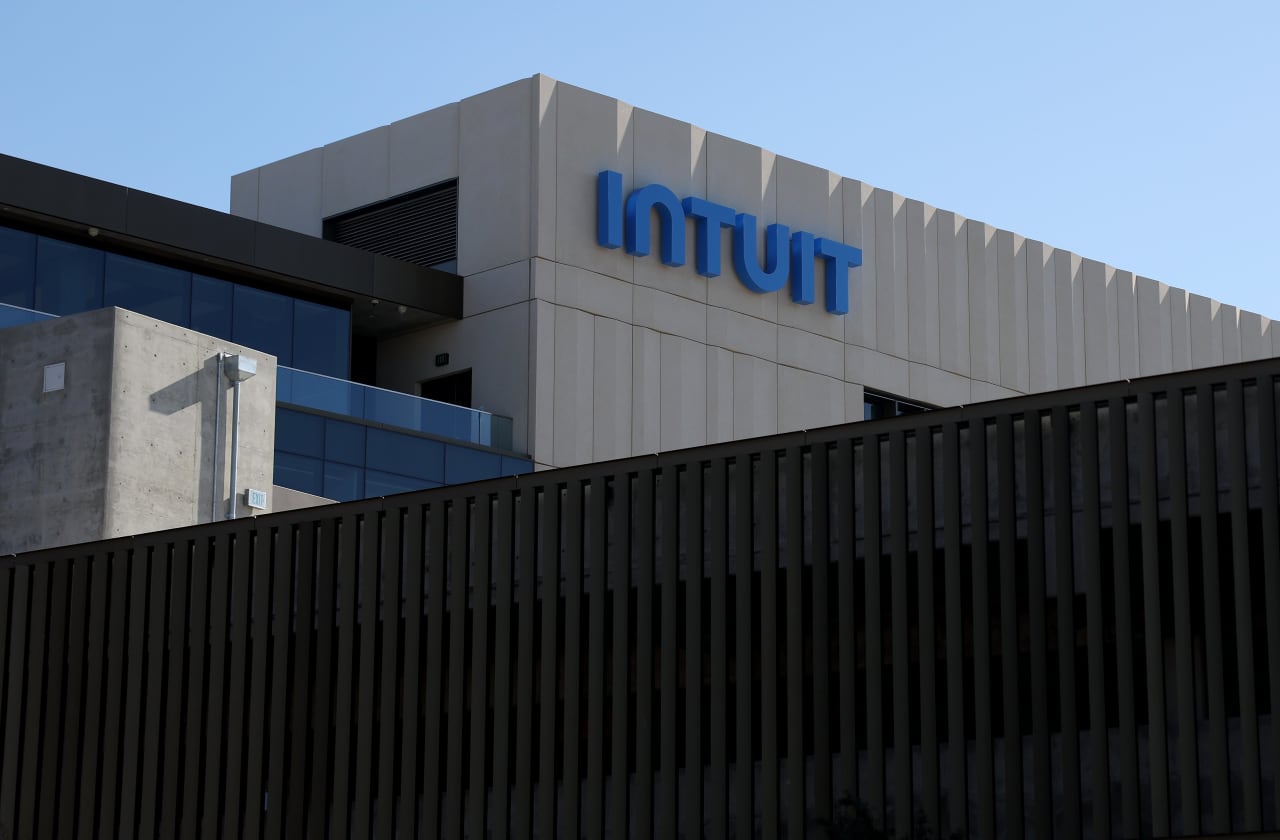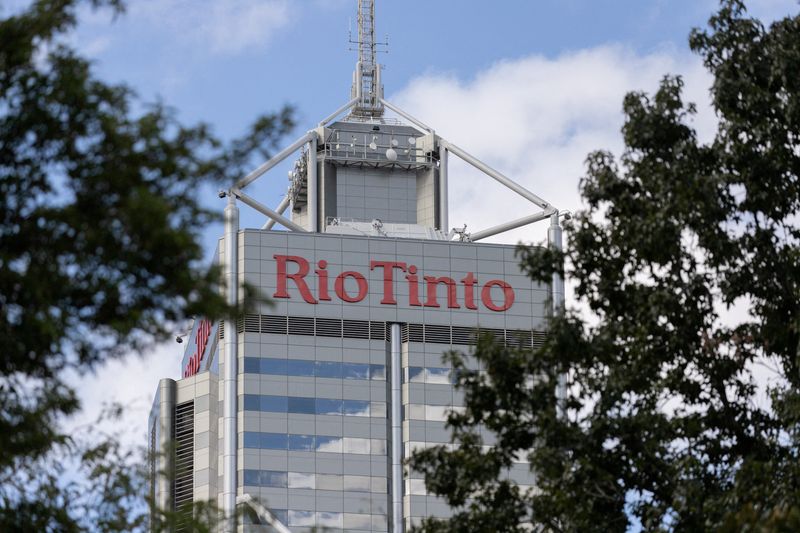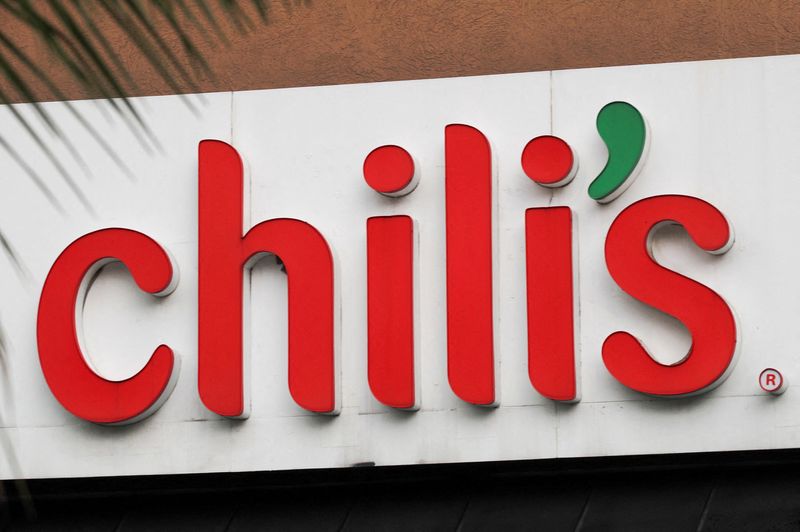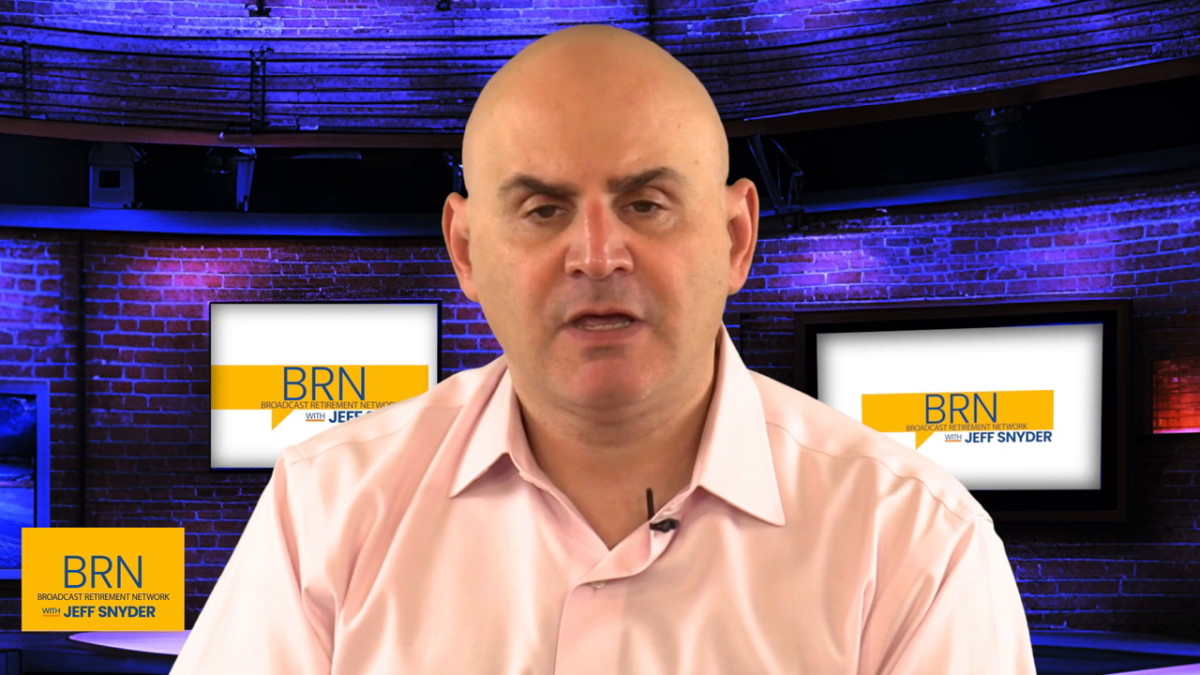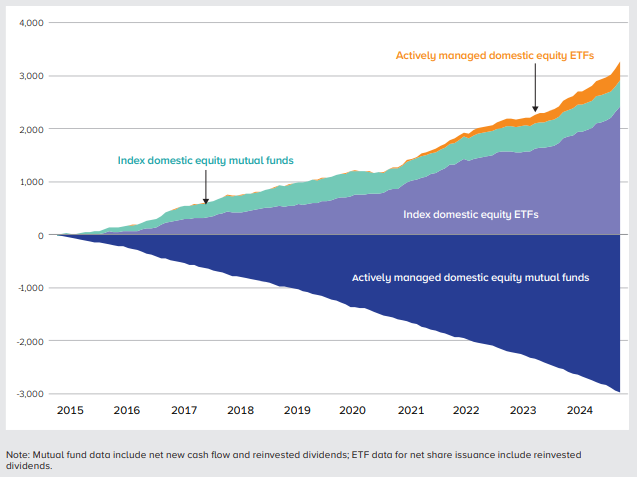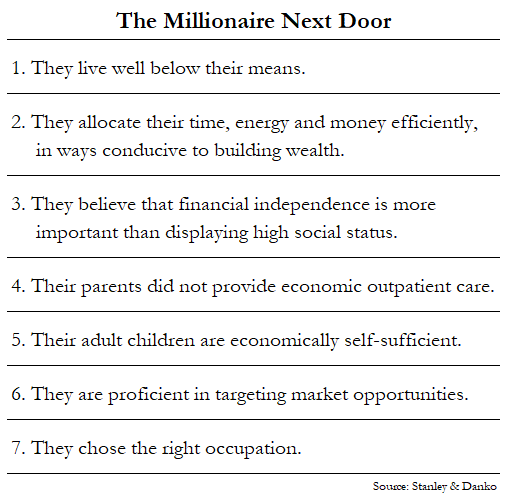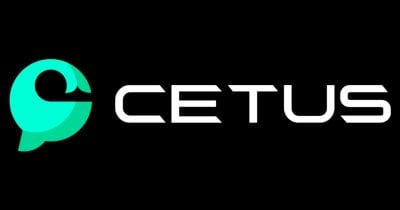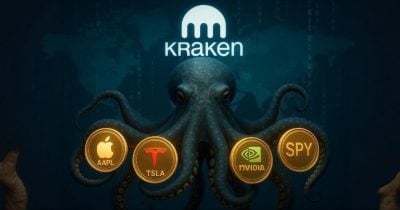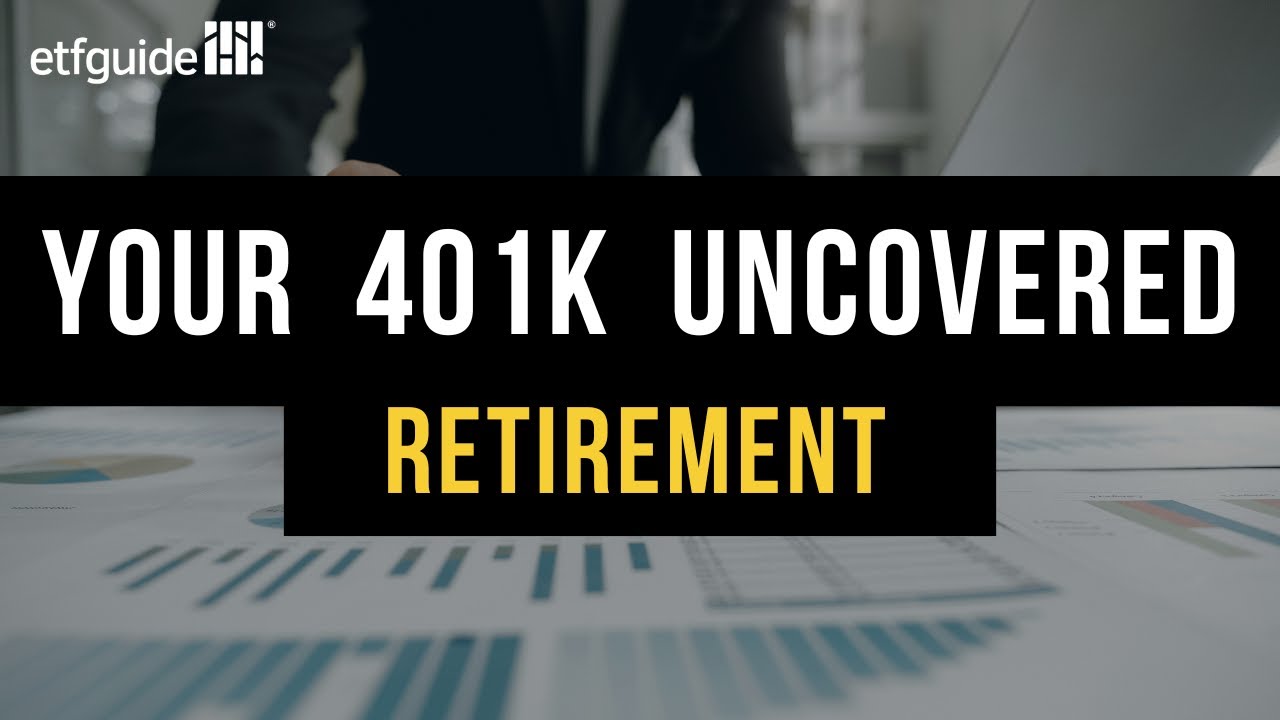I have invested in dividends for 25 years—Here is why I like JEPQ more than QQQI
Exchange traded funds (ETFs) like the JPMorgan Nasdaq Equity Premium Income ETF (NASDAQ:JEPQ) the NEOS NASDAQ-100 High Income ETF (NASDAQ:QQQI) can potentially boost your returns with their high annual yields. Both of these two funds deserve your attention, but there’s a very specific and important reason I prefer JEPQ over QQQI. Throughout the years, I […] The post I have invested in dividends for 25 years—Here is why I like JEPQ more than QQQI appeared first on 24/7 Wall St..

Key Points
-
The NEOS NASDAQ-100 High Income ETF (QQQI) features a higher yield than the JPMorgan Nasdaq Equity Premium Income ETF (JEPQ).
-
However, the JEPQ ETF could be superior because it’s less heavily weighted toward a handful of stocks than the QQQI ETF.
-
Are you ahead, or behind on retirement? SmartAsset’s free tool can match you with a financial advisor in minutes to help you answer that today. Each advisor has been carefully vetted, and must act in your best interests. Don’t waste another minute; get started by clicking here.(Sponsor)
Exchange traded funds (ETFs) like the JPMorgan Nasdaq Equity Premium Income ETF (NASDAQ:JEPQ) the NEOS NASDAQ-100 High Income ETF (NASDAQ:QQQI) can potentially boost your returns with their high annual yields. Both of these two funds deserve your attention, but there’s a very specific and important reason I prefer JEPQ over QQQI.
Throughout the years, I have turned to individual stocks and a variety of high-paying dividend ETFs due to their income generation opportunities. Beginners might look at the JPMorgan Nasdaq Equity Premium Income ETF and the NEOS NASDAQ-100 High Income ETF and assume that they’re basically the same.
Yet, after 25 years of dividend investing, I’ve learned to pinpoint the crucial differences between high-yielding funds. In the final analysis, while QQQI might entice eager investors seeking higher yields, key portfolio differences could make JEPQ the better pick overall.
Tech Stock Exposure with Options Strategies
After a quarter century of dividend investing, I’ve gotten into the habit of always downloading the full holdings list for ETFs. Thus, I did some searching and downloaded the portfolio holdings list for the JPMorgan Nasdaq Equity Premium Income ETF. Then, I found and downloaded the full holdings list for the NEOS NASDAQ-100 High Income ETF.
It shouldn’t be too surprising that there are similarities between the two funds. First of all, the JEPQ ETF has 109 holdings while the QQQI ETF appears to include 101 stocks. So, there isn’t a huge difference in that regard.
Also, the JPMorgan Nasdaq Equity Premium Income ETF uses the NASDAQ 100 index as its “benchmark“; similarly, the NEOS NASDAQ-100 High Income ETF uses the NASDAQ 100 as its “Reference Index.”
Furthermore, the two funds generate extra income by deploying call options selling strategies. The literature for the JPMorgan Nasdaq Equity Premium Income ETF describes a “[d]isciplined options overlay” which “implements written out-of-the-money Nasdaq 100 Index call options”; meanwhile, a fact sheet for the NEOS NASDAQ-100 High Income ETF touts a “data-driven call option strategy.”
In other words, both the JEPQ ETF and the QQQI ETF are based on the technology-focused NASDAQ 100 index and use call options to juice some extra income. But now, you’re probably wondering how much income you’ll get from these two ETFs, so let’s do a head-to-head comparison right now.
Which ETF Has a Higher Yield?
The JPMorgan Nasdaq Equity Premium Income ETF and the NEOS NASDAQ-100 High Income ETF both feature huge annual yields. However, the two funds also take an annual management fee out of their share prices.
Starting with the JPMorgan Nasdaq Equity Premium Income ETF, income hunters should be delighted to learn that this fund offers a 12-month rolling dividend yield of 11.01%. Remember, though, that you’ll need to subtract the annual fees to get the take-home or “post-fees” yield.
The annual expenses for the JEPQ ETF total 0.35% of the share price. Therefore, the annual post-fees yield for this fund would be 11.01% – 0.35%, or 10.66%.
Turning now to the NEOS NASDAQ-100 High Income ETF, this fund features an eye-catching annual distribution rate of 13.92%. Granted, QQQI’s annual management fee of 0.68% of the share price is fairly high.
Still, the NEOS NASDAQ-100 High Income ETF looks like a winner when it comes to take-home yield. I dusted off the old calculator and found that QQQI’s annual post-fees yield would be 13.92% – 0.68%, or 13.24%. Clearly, this beats the 10.66% post-fees yield that I calculated for the JPMorgan Nasdaq Equity Premium Income ETF.
Smaller Weightings for Less Volatility Risk
If I’ve learned one life-changing lesson from 25 years of dividend investing, it’s that you shouldn’t always jump at the highest yield. Indeed, chasing the highest yields can lead to disastrous results if you don’t keep share-price volatility under control.
A critical way for an ETF to mitigate volatility risk is by avoiding over-weighting a small handful of stocks. As I see it, a potential issue with the NEOS NASDAQ-100 High Income ETF is that it over-weights a few top holdings more than the JPMorgan Nasdaq Equity Premium Income ETF does.
For instance, QQQI assigns an 8.64% portfolio weighting to Microsoft (NASDAQ:MSFT) stock versus 7.76% for JEPQ. That’s just one example, as here are some more stock allocation comparisons:
- Apple (NASDAQ:AAPL): 7.94% for QQQI, 6.99% for JEPQ
- NVIDIA (NASDAQ:NVDA): 8.41% for QQQI, 7.66% for JEPQ
- Amazon (NASDAQ:AMZN): 5.61% for QQQI, 5.14% for JEPQ
- Broadcom (NASDAQ:AVGO): 4.62% for QQQI, 3.83% for JEPQ
I’ll acknowledge that both of these funds lean heavily into a small handful of technology stocks. Yet, it’s less extreme with the the JPMorgan Nasdaq Equity Premium Income ETF than it is with the NEOS NASDAQ-100 High Income ETF.
My years of experience with dividend investing has taught me that share-price volatility can happen at any time, especially with NASDAQ 100 stocks. The first quarter of 2025 provides an excellent example of this.
For the long term, I feel that seasoned investors will typically choose to mitigate volatility rather than chase a higher yield. Consequently, while the NEOS NASDAQ-100 High Income ETF has the allure of a bigger yield, the JPMorgan Nasdaq Equity Premium Income ETF still offers a hefty yield while potentially reducing share-price volatility. That’s why, as a dividend investor for a quarter century, I’m picking JEPQ over QQQI.
The post I have invested in dividends for 25 years—Here is why I like JEPQ more than QQQI appeared first on 24/7 Wall St..



